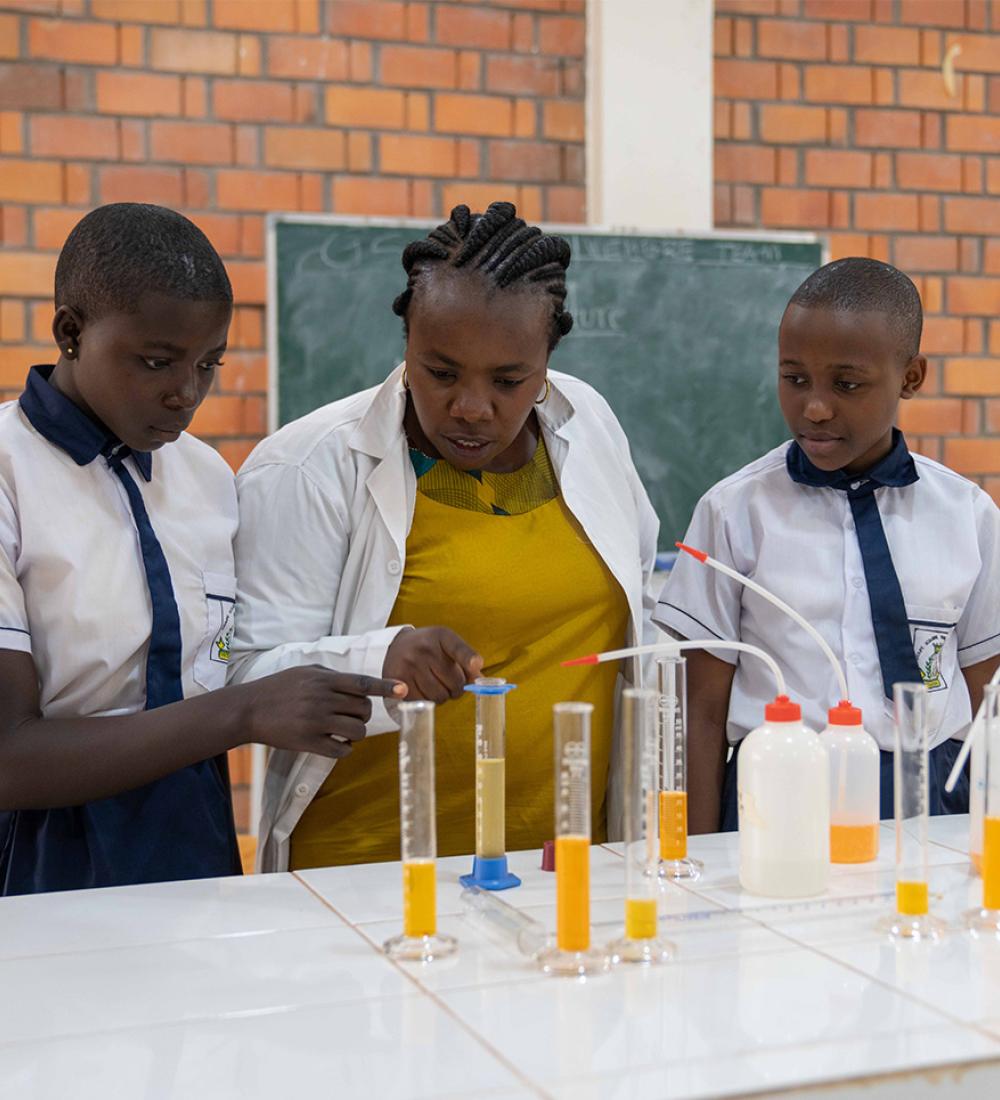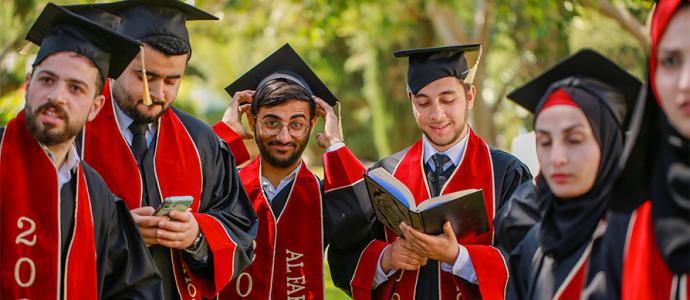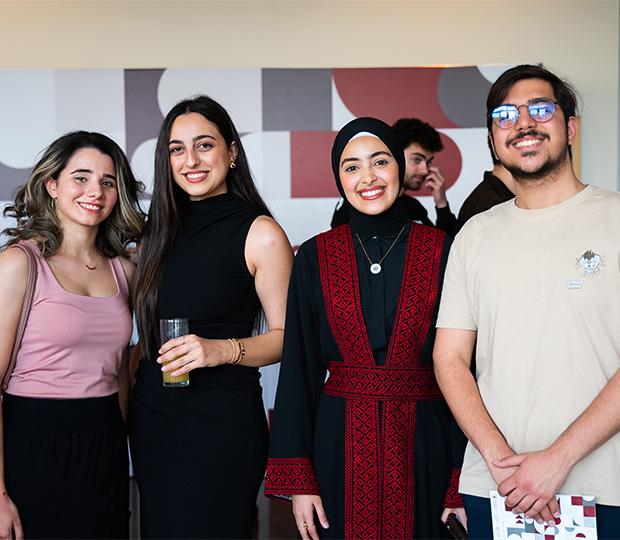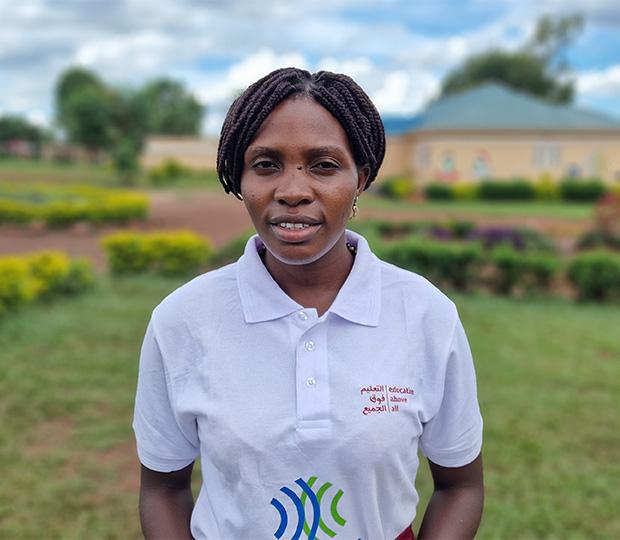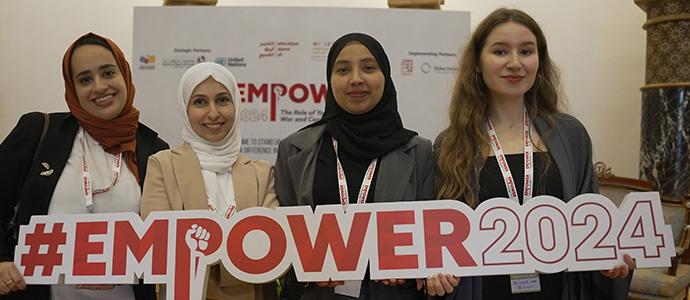The language of learning
Visiting the Prefeitura de Parauapebas school in the indigenous Xikrin community in the village of Djudjeko in Brazil’s northern Para region, Her Highness learnt that the village’s people speak an unwritten language that is extremely descriptive and adapted to their life in the Amazonian forest.
Consisting of sounds not easily transcribed into common orthographies, their language is nonetheless essential to daily life – uniquely adapted to the environment in which the indigenous South American Indians have lived and thrived for hundreds of years. Their language allows for expression and creation; is a key means to convey ancestral knowledge; and is an essential part of their heritage and identity. Their language identifies them as a particular cultural group within the broadly multicultural nation of Brazil.
Their language also creates some complexities in their lives, as technological globalisation has created a demand to be able to communicate beyond one’s native tongue, often digitally.
For school-aged children, no textbooks exist in their language. Bemoro Xikrin, a teacher, said,
“We need a dictionary in our language so the children can better understand what they are trying to learn.”
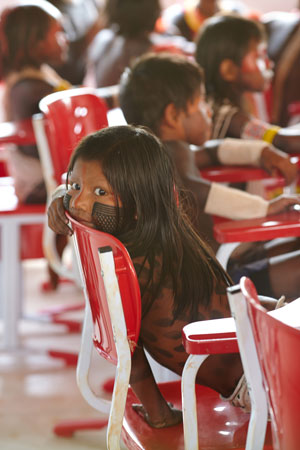
Most research reveals that children learn best when the process begins with their mother tongue and then progress to learn in other languages. This knowledge places those in Para state at a disadvantage when compared with those who learn in their native language.
UNESCO notes that 600 languages have disappeared over the last century, and they continue to vanish at a rate of one every two weeks.
Preserving or recording these languages is an important role of UNESCO.
Language of instruction is one of the many barriers that Educate a Child and its partners address in contributing to all children having the opportunity to reach their potential.
The principle of inclusion is fundamental and Qatar Airways proudly supports this ambitious effort.







